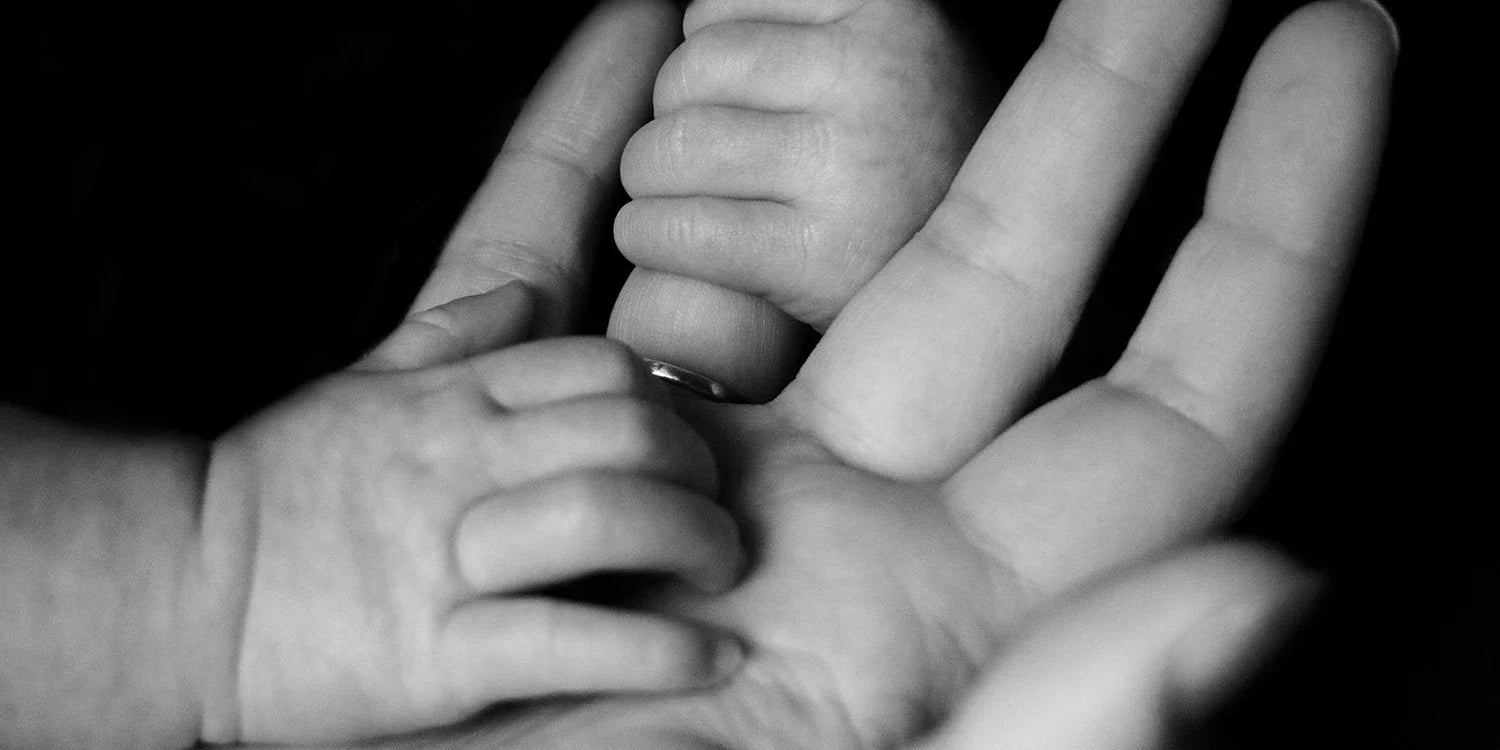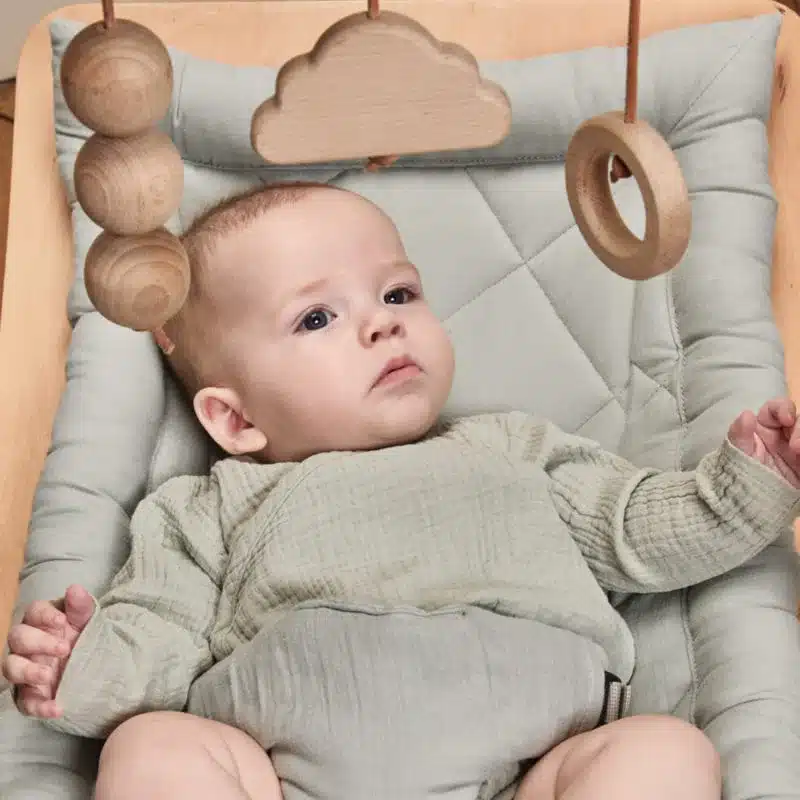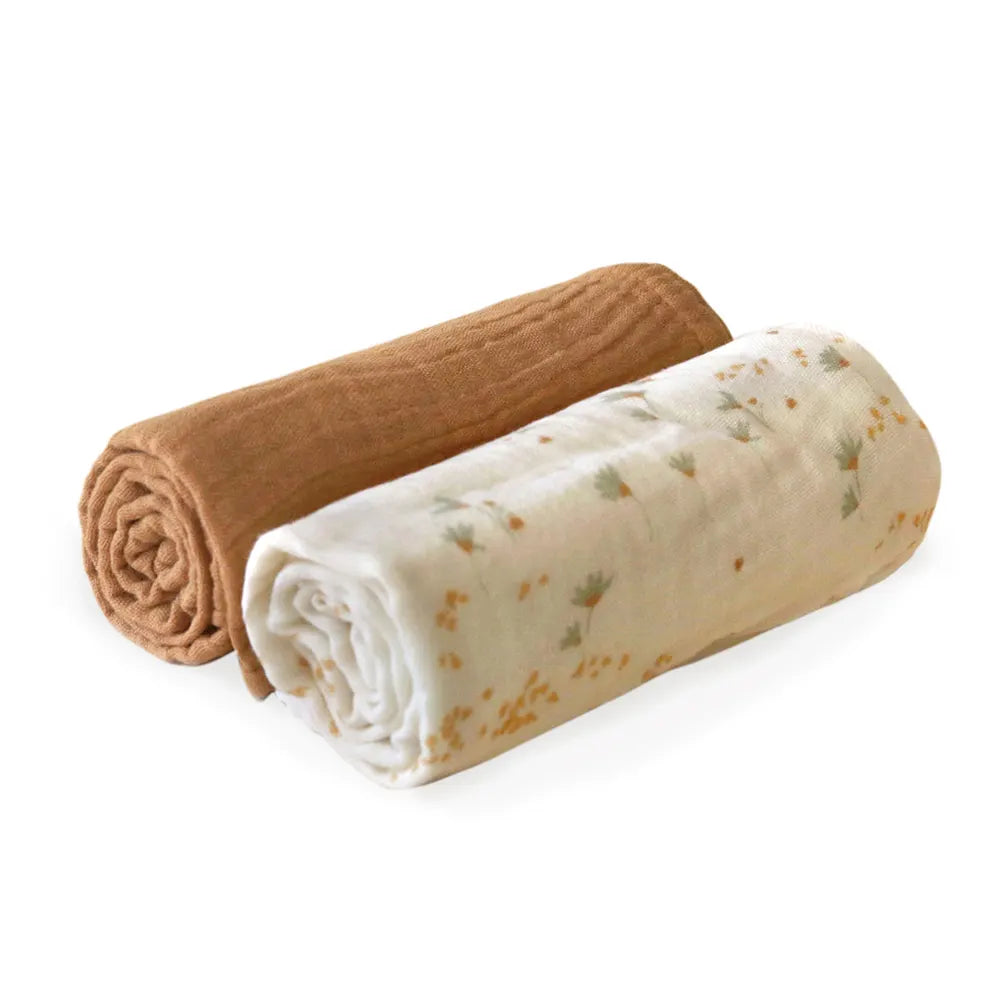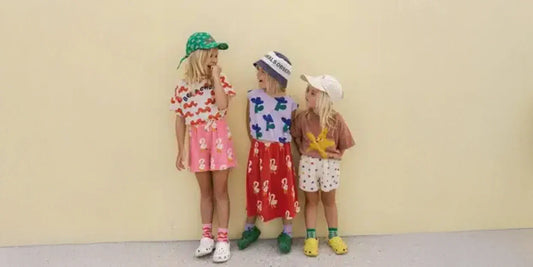Baby's awakening in the first few months

The right conditions
A baby needs its parents to survive, but also to grow well! It is by interacting with your child that he will develop his abilities to move, to catch objects, to discover the outside world. Your baby needs a safe environment that is adapted to his motor skills. And yes, you will therefore have to hide your vases, close your cupboards in a double turn, or at least for a while...
 The must-haves for a waking baby are:
The must-haves for a waking baby are:
- The play mat: a large, soft play surface that insulates from the cold.
- The arch: to stimulate sight and motor skills. The arch also allows your baby to be relatively “autonomous” because he does not need you to pick up toys that fall.
- The deckchair: a small armchair to observe around him. Practical when you need to go about your business, or even to feed him at the very beginning of diversification.
1 to 4 months
During the first month, your baby wakes up slowly and becomes aware of his body. He still sees blurry but can distinguish colors, even that of a play mat on which he would be placed. He listens a lot and recognizes the voice of his parents, which he heard a lot in his mother's womb. You can play and do vocalizations, whispers, onomatopoeias (you know when you sound a bit crazy talking to your baby?!) , smiles, chirps, caresses... when he is in your arms, lying on his back on his play mat, in his deckchair, when bathing or when changing clothes.
The objective? Exchange, make him discover sensations and build a bond with him.
At this age, your baby gets tired very quickly. He can watch, but it wears him out. If he turns his head away, it's not because he doesn't want to see anymore, it's because he needs to rest. So do not hesitate to put him back in his crib or baby bed for a well-deserved sleep. Of course, when your baby is hungry, he is also less receptive. You will quickly learn to dissect these signs that it is important to respect in order not to stimulate him too much... It would still be stupid to miss nap time!
From 2-3 months, you can stimulate the maintenance of his head (very important!) by placing him on his stomach on his play mat from time to time to play with him. He gets up, he starts smiling... Soon, I promise, he will give you a poker face worthy of Al Pacino!


4 to 8 months
Your baby is starting to use his hands.
Let's go for the ark, the rattles, all these toys that make noise, catch, and mouth water and are terribly interesting!
Your child also discovers the world through taste and mouth. Some babies even suck... their feet. We don't take offense and we let him do it, he has fun! Vary the positions for your baby on the play mat. On your back or on your stomach to train your head. Are you busy? Put your baby in his bouncer on the ground and let him observe you. Place the ark above him for the duration of the game. The ark has a great advantage for him and you: finally toys that do not fall and that should not be picked up! It also seems that some babies are passionate about the washing machine...
Finally, it is the great discovery of one's own body. Accompany this learning by multiplying the riddles: who does this little nose, these little hands, these little legs belong to. And like the first few months, be sure to respect these periods of fatigue by regularly leaving him alone.
Want to go further? We recommend the following reading:
- Enlightenment and advice
- To be born and to grow
- The book: Baby tell me who you are
- The episode of Podcast La Matrescence: Dr Catherine Gueguen — Understanding your child through neuroscience








